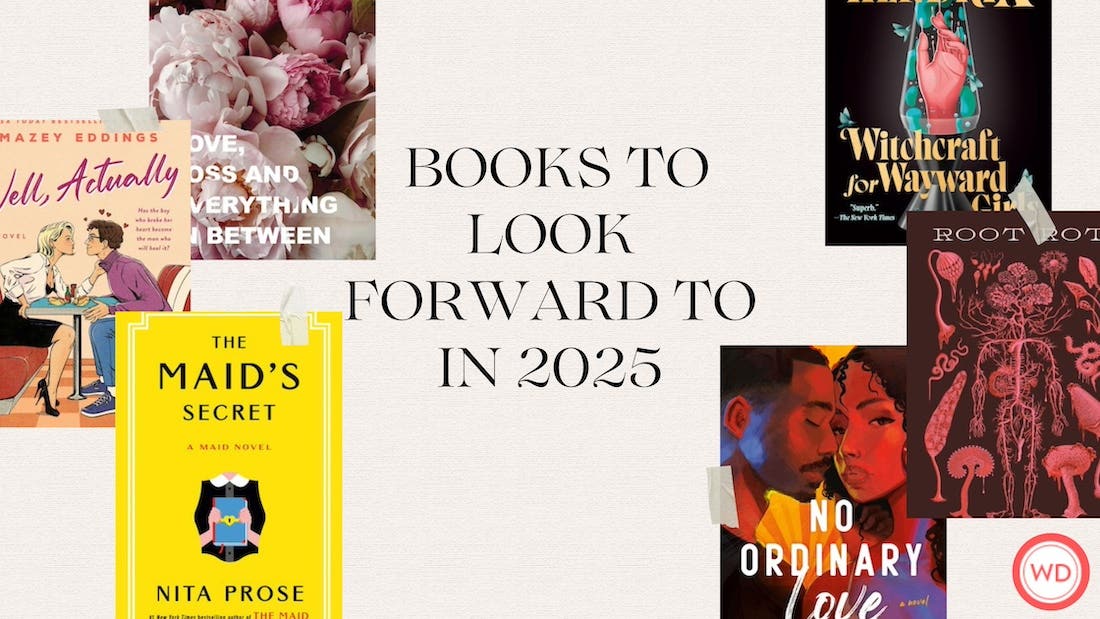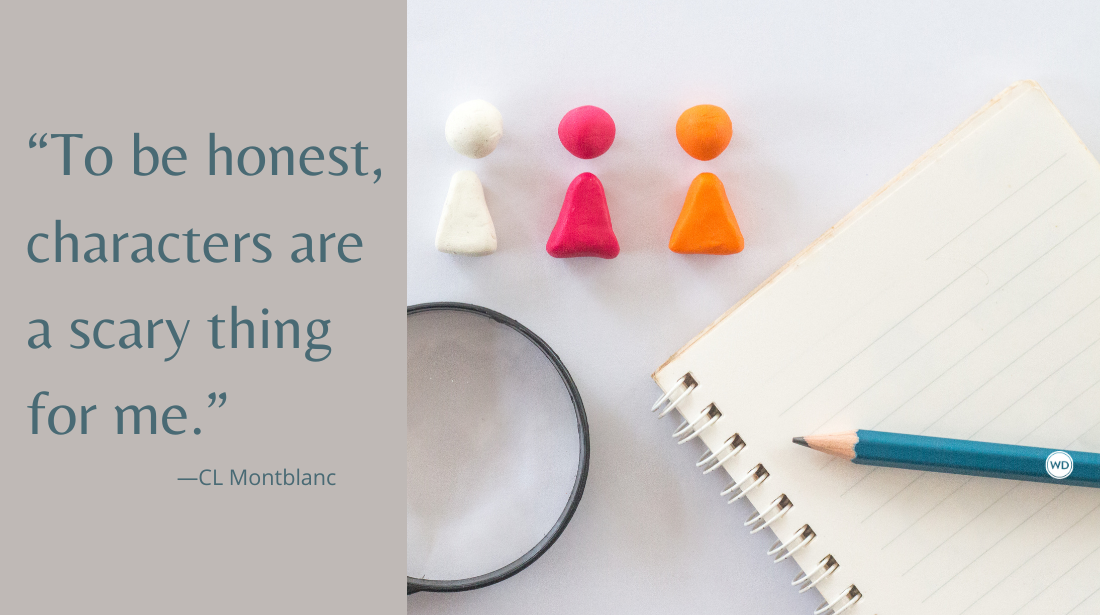Writing Mistakes Writers Make: “And then they woke up…”
The Writer’s Digest team has witnessed many writing mistakes over the years, so we started this series to help identify them for other writers (along with correction strategies). This week’s writing mistake is using a dream sequence to trick readers.
Everyone makes mistakes—even writers—but that's OK because each mistake is a great learning opportunity. The Writer's Digest team has witnessed many mistakes over the years, so we started this series to help identify them early in the process. Note: The mistakes in this series aren't focused on grammar rules, though we offer help in that area as well.
Rather, we're looking at bigger-picture mistakes and mishaps, including the error of using too much exposition, neglecting research, or researching too much. This week's writing mistake writers make is using a dream sequence to trick readers.
Writing Mistakes Writers Make: "And then they woke up..."
I’m sure you’ve encountered it before; you begin a new book and something interesting is happening—maybe the narrator is being chased through a forest by an unknown entity, or they’re in the middle of a breakup, career change, or losing someone close to them. You’re brought right to the edge of your seat, mind racing to figure out what’s happening, excited to see where this will lead—
Then, in the next instant, the main character is waking up in their bed, danger unfulfilled. All that emotion and engagement has nowhere to go. You’re left feeling let down, and maybe more than a little tricked.
This is one of my personal biggest pet peeves as a reader.
Because other than to disorient the reader, what is the point of the “and then they woke up” premise? I’m sure there is—in writing, there tends to be an exception to every “rule.” But the majority of the time, readers just feel disoriented, tricked, and even annoyed.
But does that mean you can’t use dreams and dream sequences in your writing? Absolutely not!
Mistake Fix: Be Intentional With Dreams
When it comes to dreaming, the key is to be intentional. There are several ways to do this:
Reveal Something
Every single dream sequence should be character-focused and push the story along somehow.
Many achieve this by revealing something to your reader that your character doesn’t necessarily want to tell them—or perhaps doesn’t even consciously know themselves. Does it have something to do with their backstory (like an old trauma or guilt that they actively avoid thinking about in waking hours)? Is it a fear of theirs that they don’t want to come true (like loss, abandonment, or something similar)?
Or maybe they’re not about the past but foreshadowing for the future! If your character is a detective working on a hard case, dreams can be a way to show that their brain is working hard on solving the case, even when they aren’t awake. In more magical settings, dreams can be used to create visions or prophecies that can directly impact your plot.
Keep the Dream Dream-Like
How do you make a dream feel dream-like? There’s no real right or wrong way to answer this question. But it is important that your dream sequence feels different in some way for the reader, outside of overt formatting differences like italicizing the paragraphs.
The easiest way to do this is to make sure that the dream is short, succinct, and intentionally vague. They can’t exactly place who is speaking with them; they never see another person’s face; there’s more focus on emotion than the five senses. These kinds of small details will signify to your reader that something isn’t quite usual here, and they won’t feel like you’ve tried to do a gotcha movement when the dream is over.
Ensure It’s Not Something You Can Reveal in Scene
While dreams can be fun to write, that doesn’t mean that they’re necessary for your story. When you’ve discovered what you’re revealing in this dream, ask yourself—is there another way you can deliver this information? Could they run into an old acquaintance that brings specific memories to the surface or maybe even mentions a specific issue (“Hey, how’s Helen?” “We’re, uh … separated actually.”)? It’s usually better to have information like backstory be delivered to your readers in a more immediate fashion, so make sure that your story really earns its dream sequence.
Don’t Just Let the Dream Slide
If the dream sequence is important enough that you devote page space to it, then it’s probably something that your characters are going to have a hard time shaking off when they’re awake. Think of a time you had a dream that really unnerved you—did you forget about it as soon as you popped out of bed? Or did you spend some time after feeling jittery, off-balance, maybe even a little crabby or snappish?
If your character finds that they can’t talk about the underlying issue being addressed in the dream—or they can’t even bring themselves to think of the issue—how will the dream change the character in its aftermath? What decisions will they make now that something that’s been buried for so long has been pulled up from the depths?
I hope this article has given you some ideas for your dream sequences—whether you keep them a surprise for your reader or not! As always, it can be a great exercise to write the same scene multiple ways, so don’t be afraid to be a little more free and experimental with your dreaming. Eventually, your story will tell you exactly what it needs from you!
Since obtaining her MFA in fiction, Moriah Richard has worked with over 100 authors to help them achieve their publication dreams. As the managing editor of Writer’s Digest magazine, she spearheads the world-building column Building Better Worlds, a 2023 Eddie & Ozzie Award winner. She also runs the Flash Fiction February Challenge on the WD blog, encouraging writers to pen one microstory a day over the course of the month and share their work with other participants. As a reader, Moriah is most interested in horror, fantasy, and romance, although she will read just about anything with a great hook.
Learn more about Moriah on her personal website.








